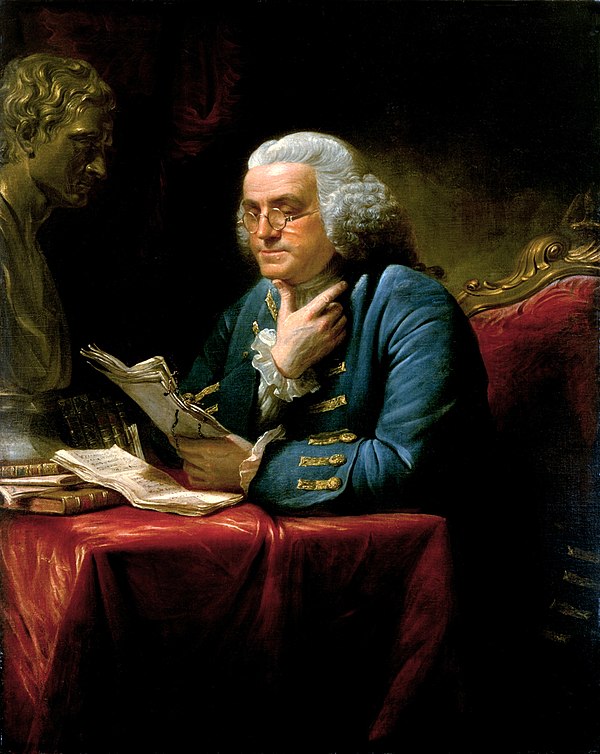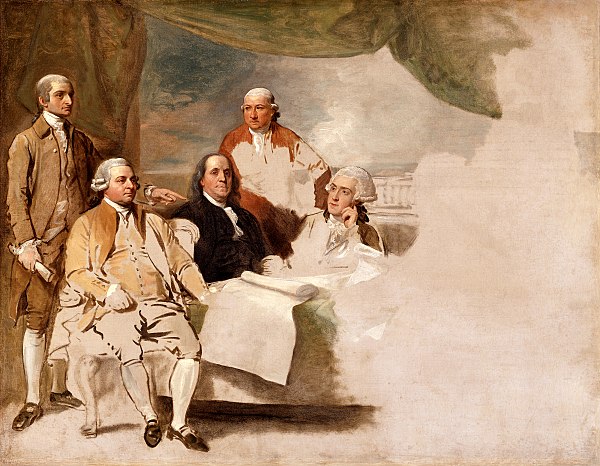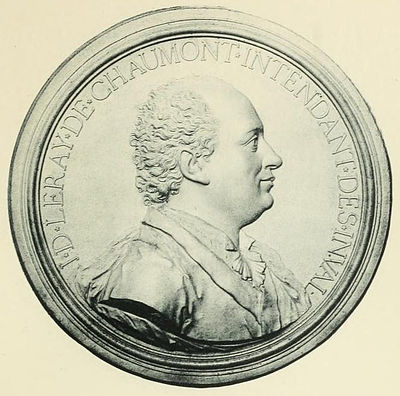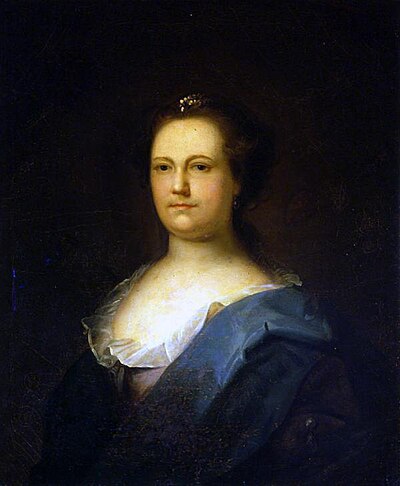Franklin and publisher William Hunter were named deputy postmasters–general of British North America, the first to hold the office. (Joint appointments were standard at the time, for political reasons.) He was responsible for the British colonies from Pennsylvania north and east, as far as the island of Newfoundland. A post office for local and outgoing mail had been established in Halifax, Nova Scotia, by local stationer Benjamin Leigh, on April 23, 1754, but service was irregular. Franklin opened the first post office to offer regular, monthly mail in Halifax on December 9, 1755. Meantime, Hunter became postal administrator in Williamsburg, Virginia, and oversaw areas south of Annapolis, Maryland. Franklin reorganized the service's accounting system and improved speed of delivery between Philadelphia, New York and Boston. By 1761, efficiencies led to the first profits for the colonial post office.
































